Are there different colours of blood?
by Scott Dutfield · 18/09/2019
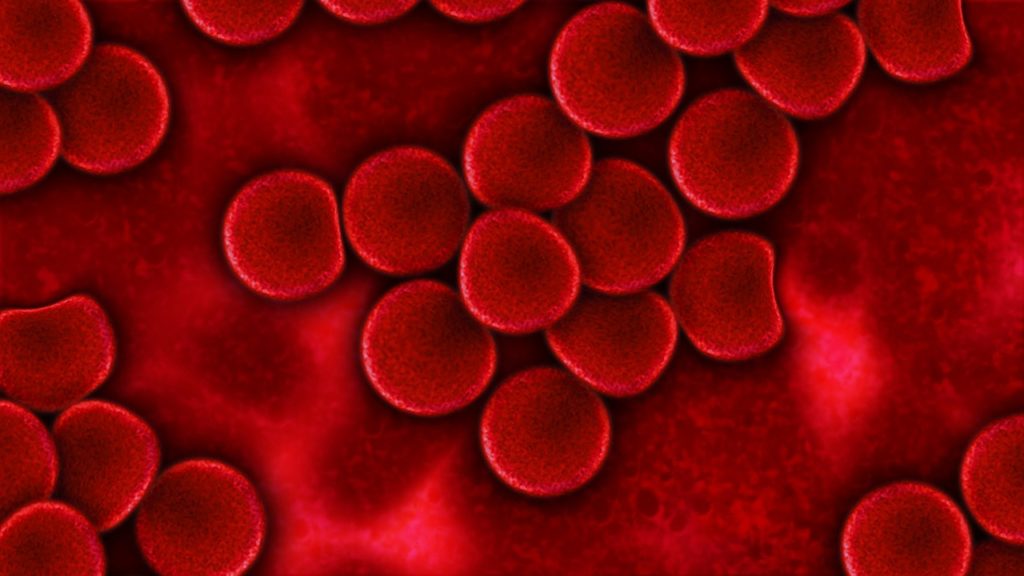
Animals have evolved some colourful methods of getting oxygen around their bodies
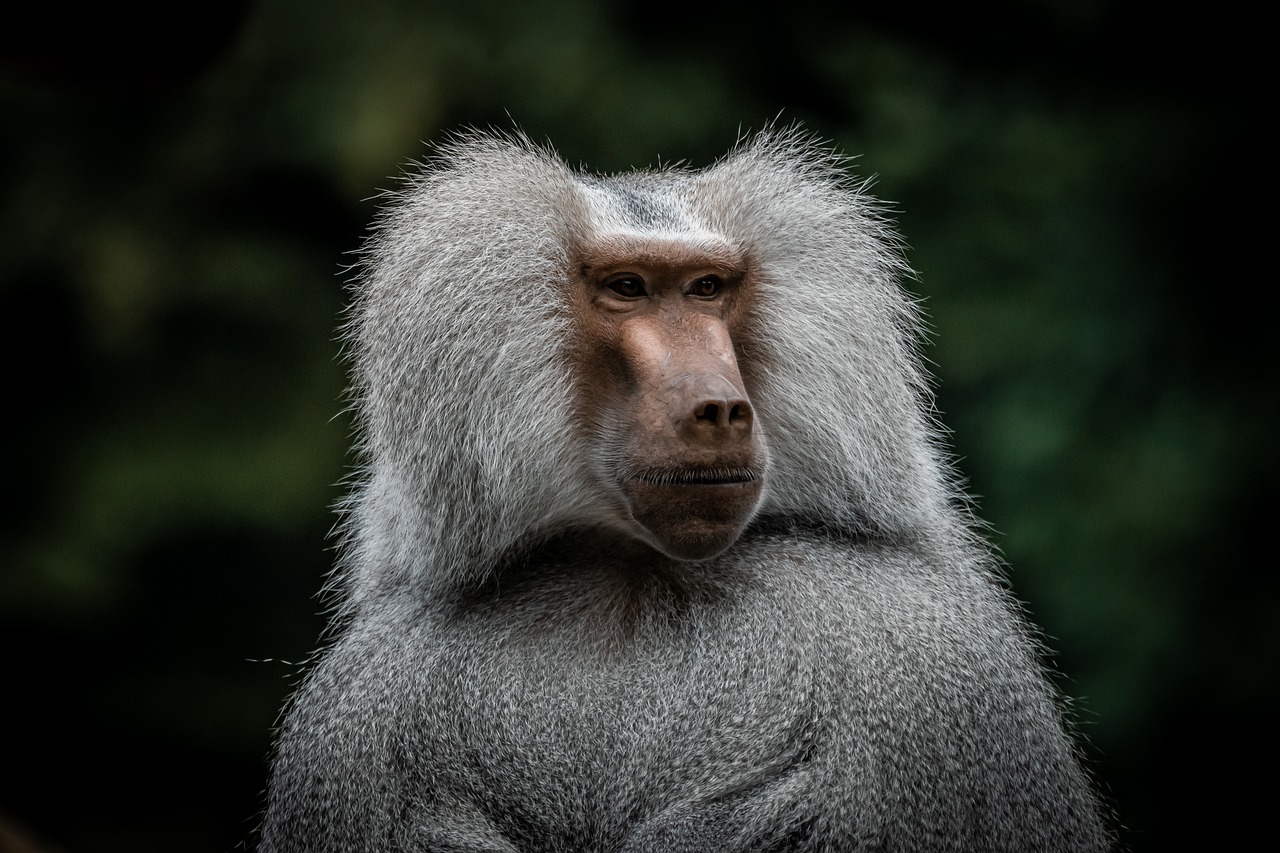
Humans and most other vertebrates
Humans and most other vertebrates have red blood thanks to a protein called haemoglobin. Iron atoms in the haemoglobin molecule bind to the oxygen we breathe in order to carry it around the body. This reaction changes the haemoglobin’s structure so it absorbs and reflects light differently; oxygenated blood appears bright red while deoxygenated blood is darker.
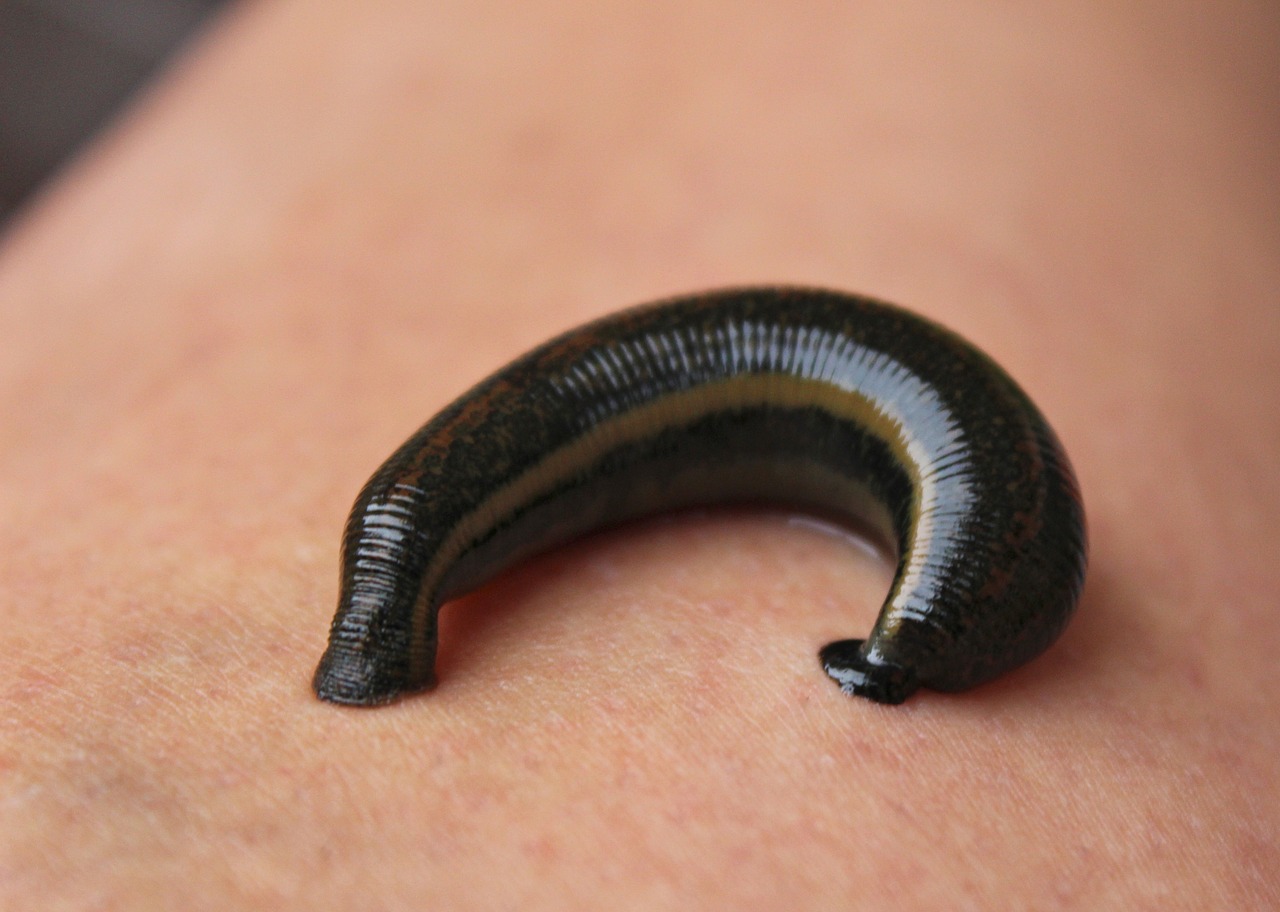
Marine worms and leeches
Certain species of marine worms and leeches have a molecule called chlorocruorin in their blood. Although this protein is very similar in structure to haemoglobin, it makes their blood green rather than red. Some animals’ blood contains a mixture of both chlorocruorin and haemoglobin, so overall it appears red.
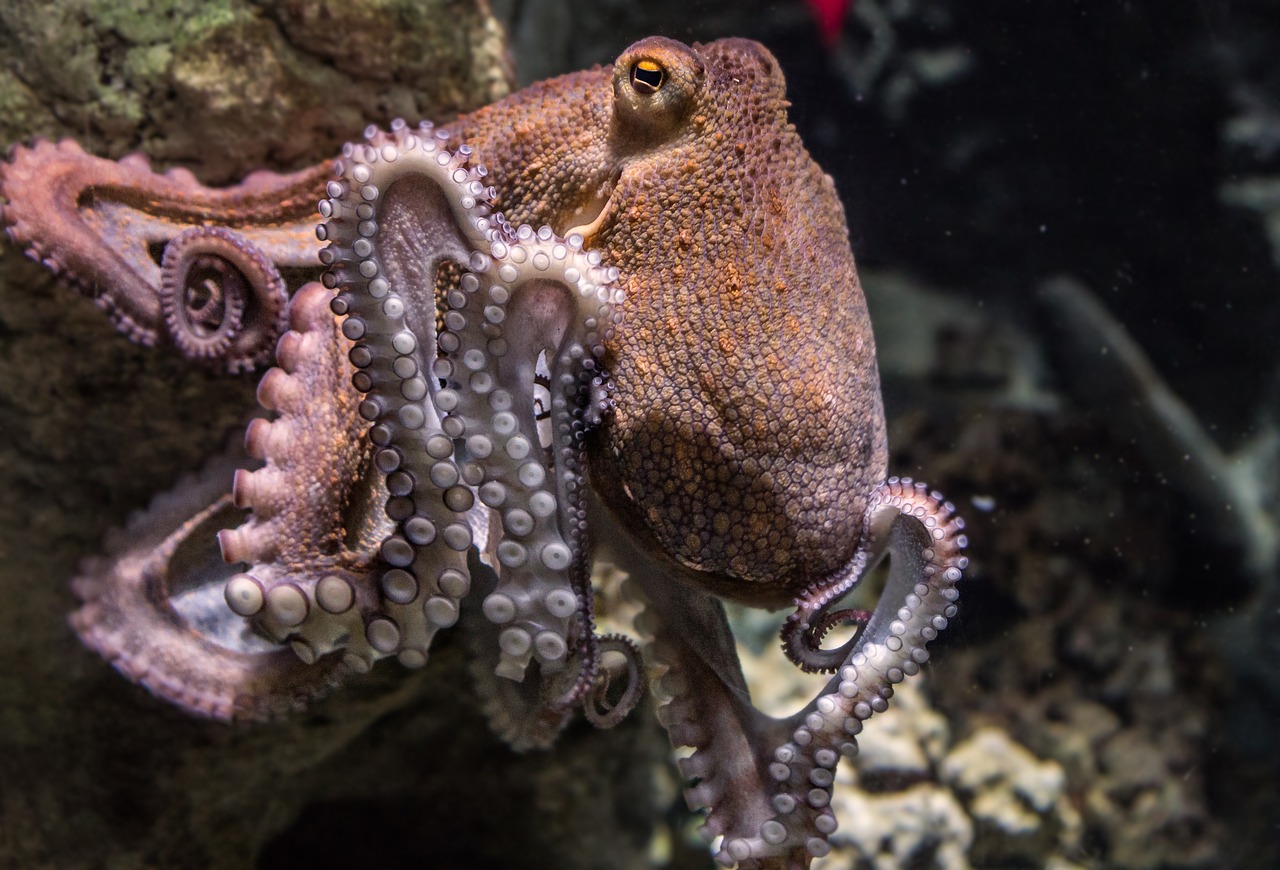
Octupuses, squid and spiders
Octupuses, squid, crustaceans, spiders and some molluscs have blue blood because it contains a protein called haemocyanin. Unlike haemoglobin (which is bound to red blood cells) haemocyanin flows freely in the vessels, and contains copper atoms rather than iron. Although the oxygenated form of this blood is a shade of blue, it is actually colourless when deoxygenated.
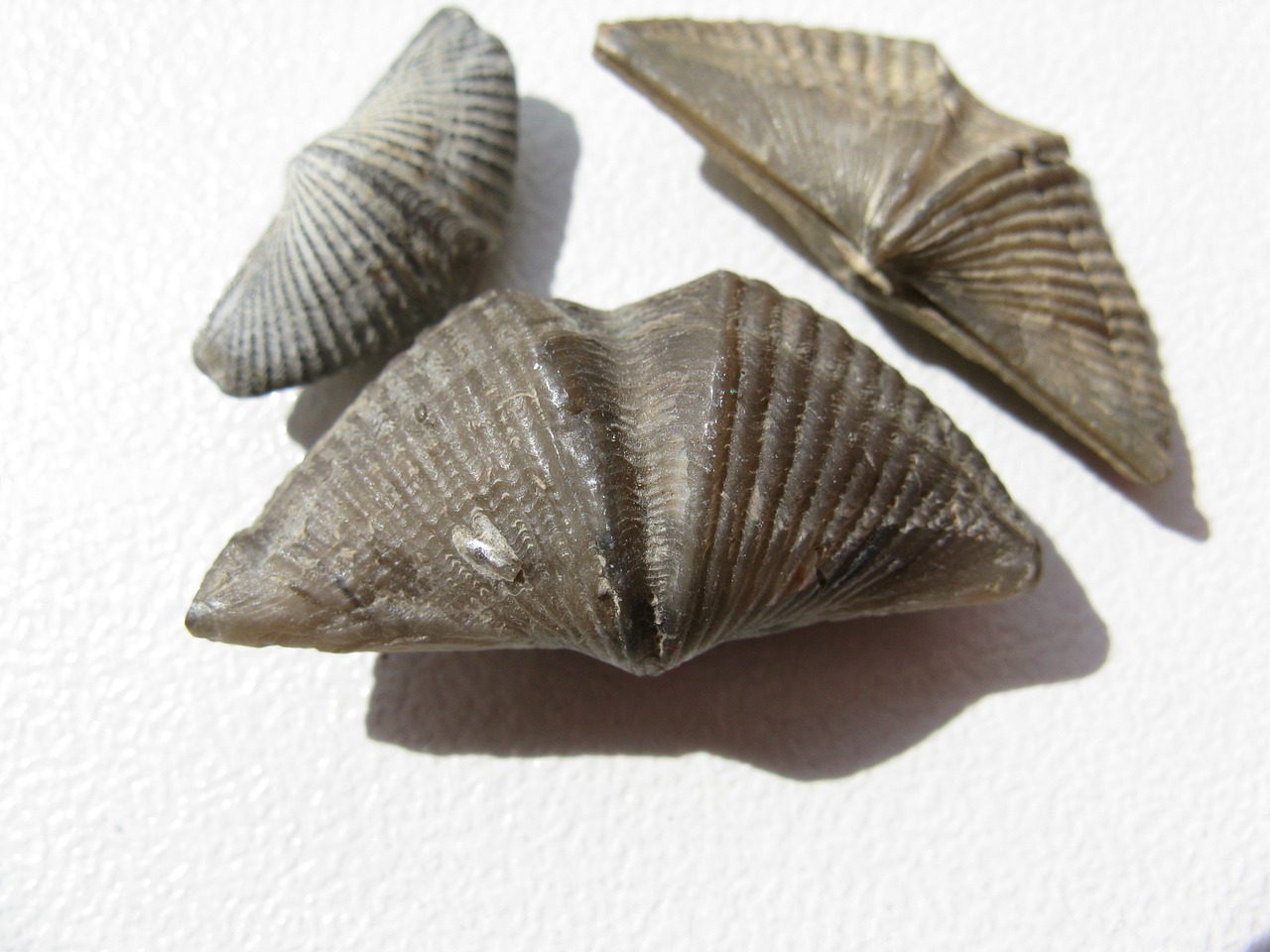
Marine worms and brachiopods
Some species of marine worms and brachiopods have blood that contains a protein called haemerythrin, which gives it a purple-pink hue when oxygenated. However, similar to haemocyanin, haemerythrin is colourless in the absence of oxygen. While this protein also contains iron atoms, compared to haemoglobin it isn’t as well suited to binding with oxygen molecules.
This article was originally published in How It Works issue 86
For more science and technology articles, pick up the latest copy of How It Works from all good retailers or from our website now. If you have a tablet or smartphone, you can also download the digital version onto your iOS or Android device. To make sure you never miss an issue of How It Works magazine, subscribe today!




